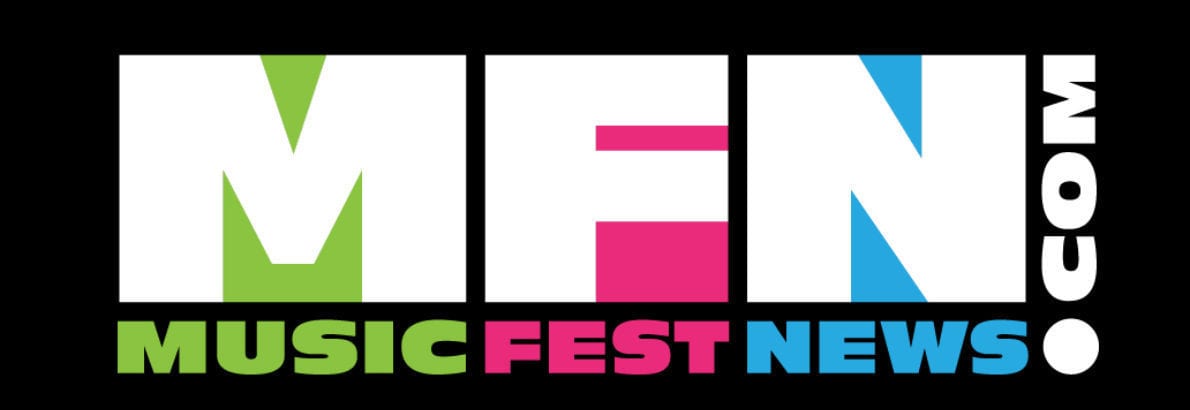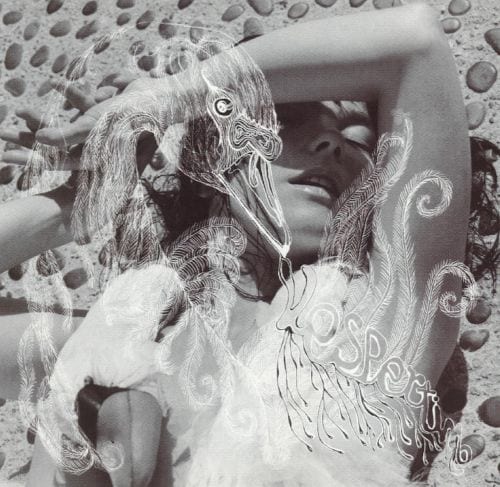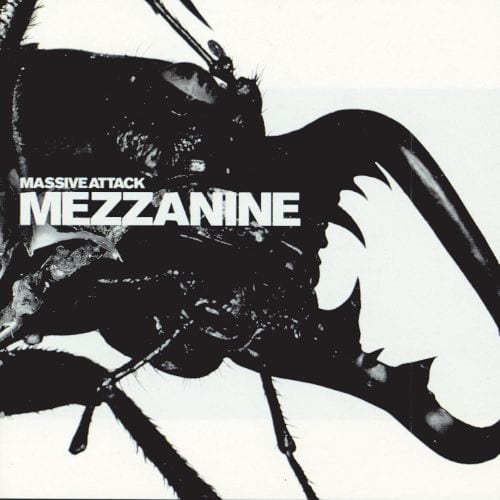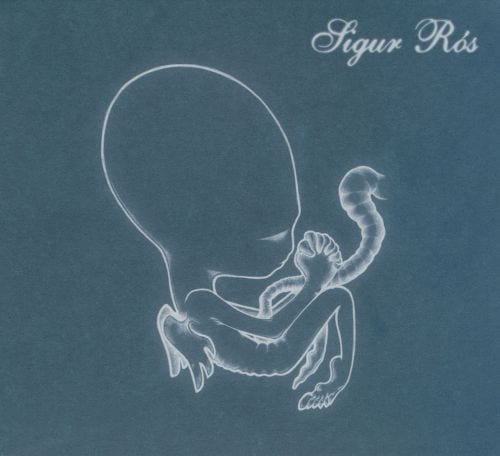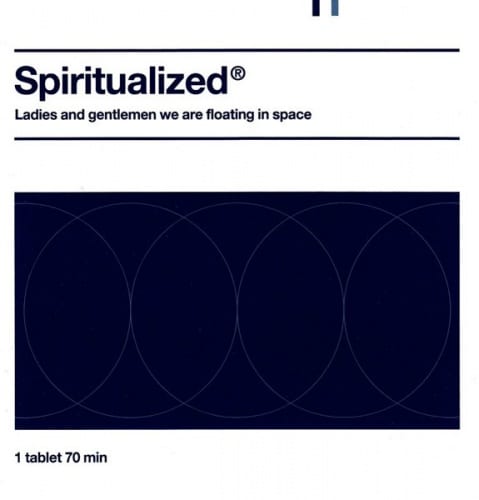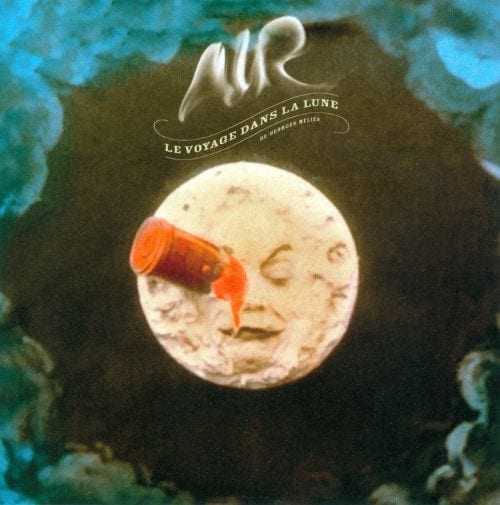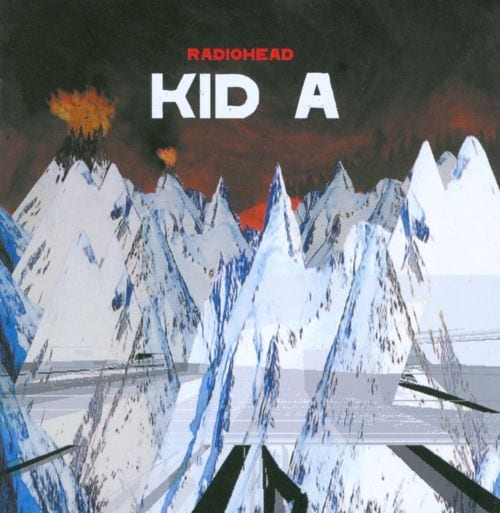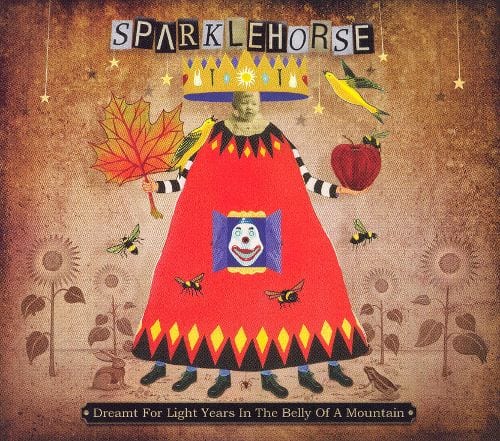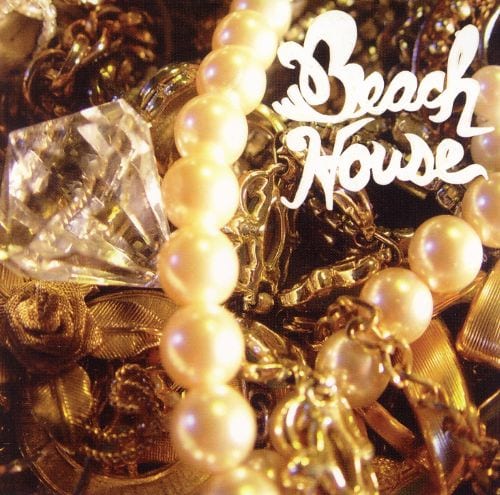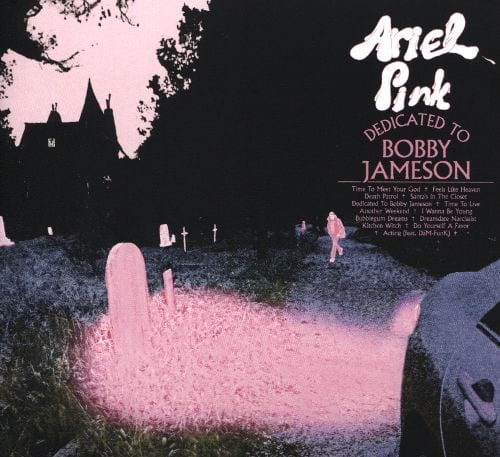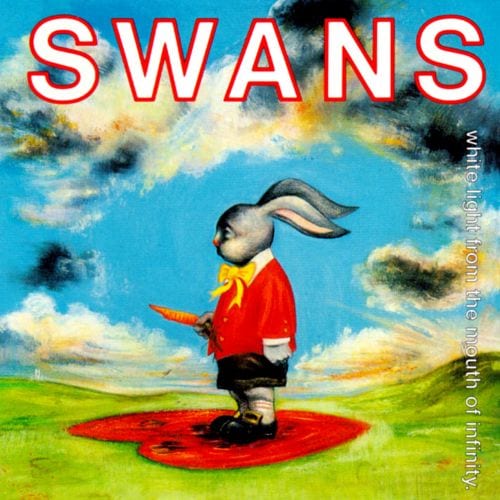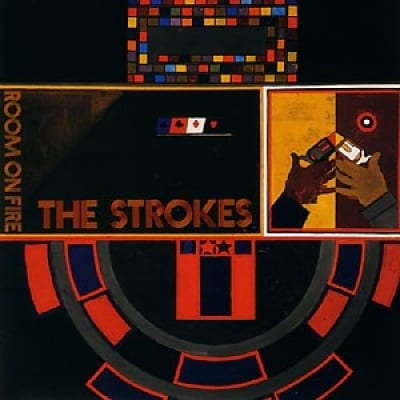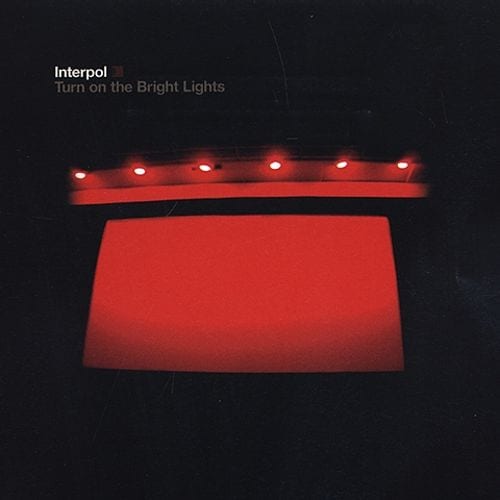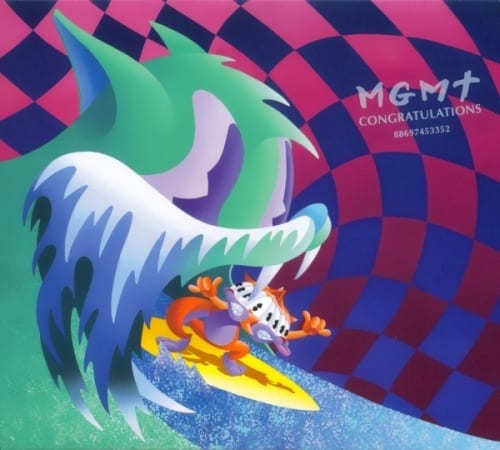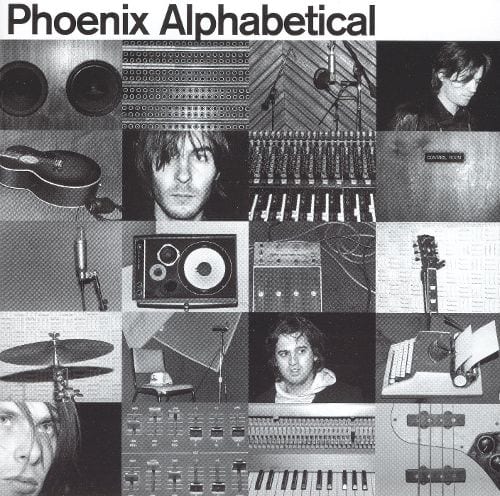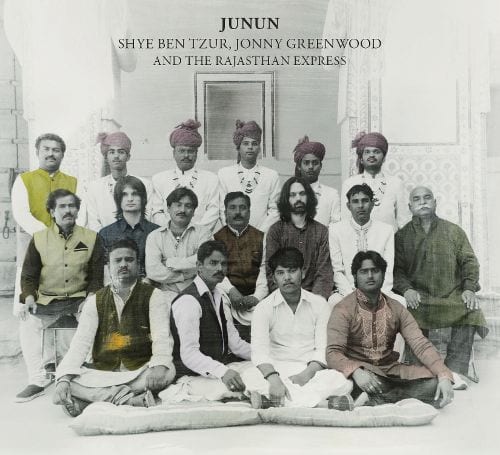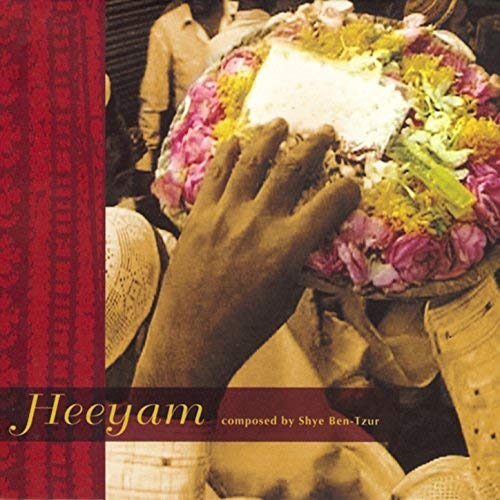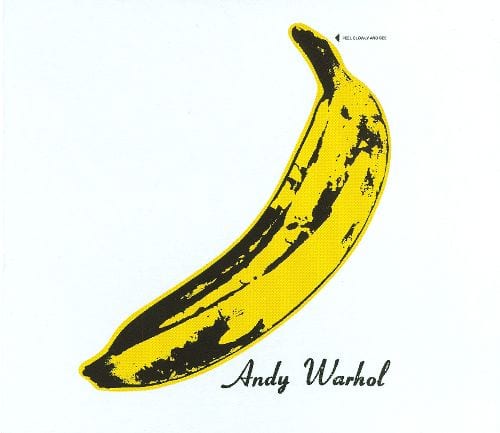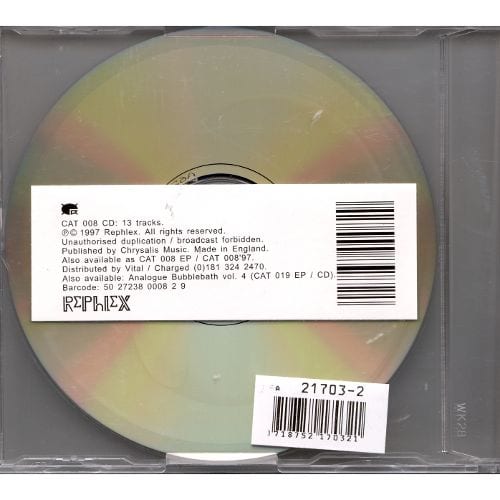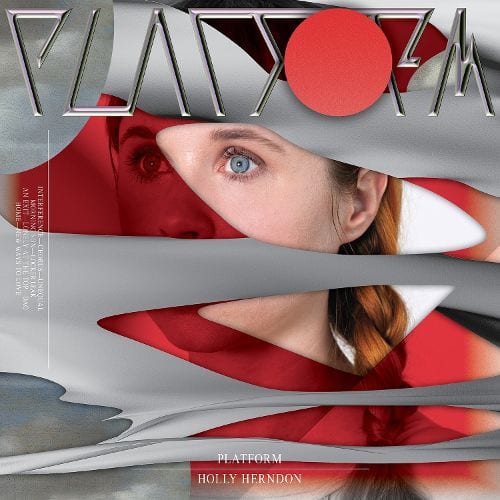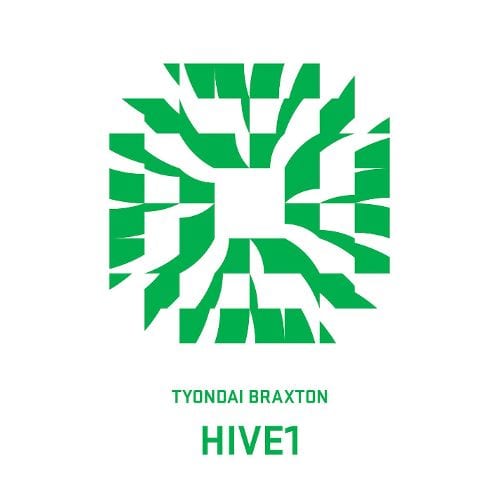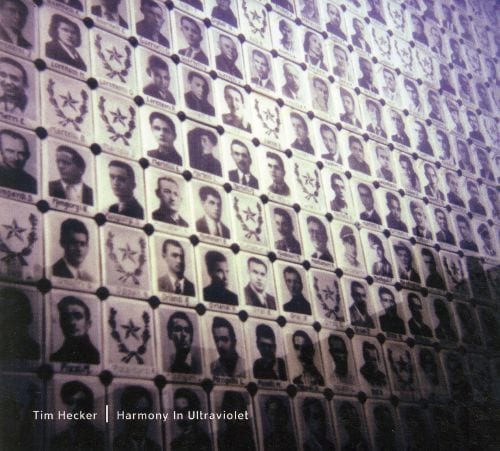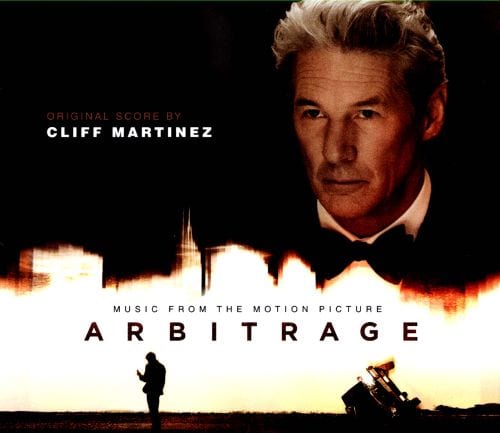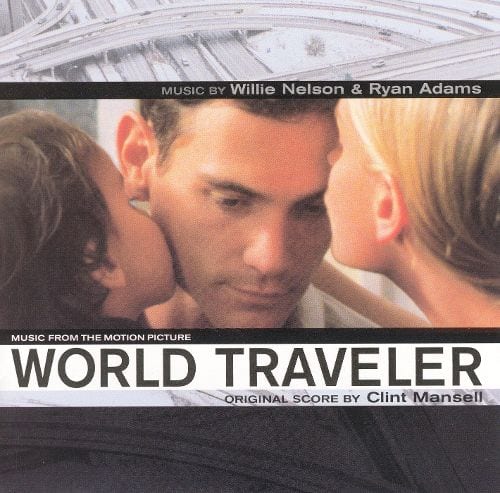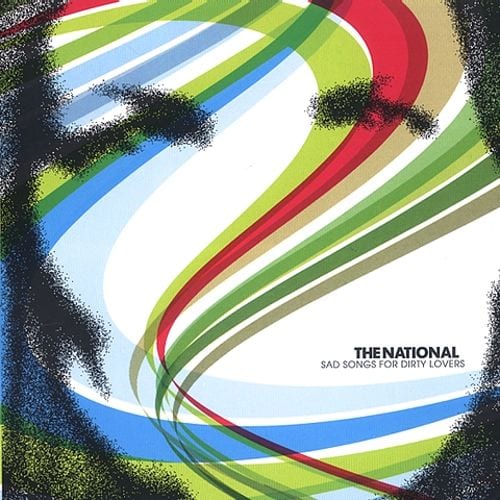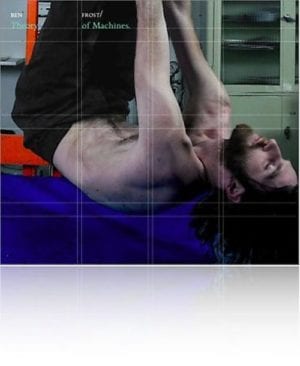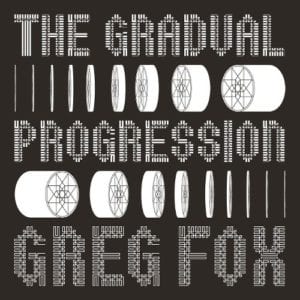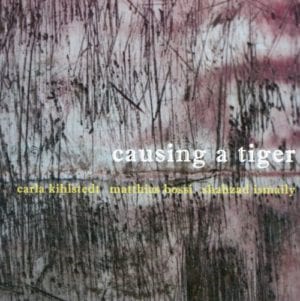
The Bands Are All Dead: How Rock Can Still Survive the 2010s
Article by Christopher Costabile
OK, I’ll ask it: where has the good music gone? I don’t mean that rhetorically, and I don’t mean to sound like your crotchety grandpa — as if worthwhile music vanished in a puff of marijuana smoke exhaled circa 1978. I mean it in the most literal way possible: it’s out there, but where is it?
It’s tough to find in record stores, because most of the good ones have closed down. You can’t hear it on your friend’s stereo — she probably uses bluetooth headphones and only sees you on Facebook. Sure, it’s on Spotify, but are you going to trust a computer algorithm to find it for you? One probably written by some pasty IT guy who’s listened to the same two KISS albums for the last decade… or worse, a bot?
The truth is good music is everywhere. It’s in one of the most popular media sensations of the year, and it’s hidden in every inconspicuous corner of the internet. But since it’s the digital age, let’s refine our search. We don’t just want “good music,” we want great music. We want new music, and we want it to rock. We want it to jolt us with creativity — minds freed and asses following.
We want music that will make other musicians and artists think, “This work is superior. I can learn from this.”
In the late ’90s and 2000s, indie rock fit the bill. There was Bjork’s Vespertine, Wilco’s Yankee Hotel Foxtrot, Animal Collective’s Strawberry Jam. There were Massive Attack, Sigur Ros, Spiritualized, and Air, as well as major-label artists like Radiohead, Flaming Lips and Sparklehorse, who made music that fit the indie aesthetic while testing boundaries.
All of this music featured a few key criteria: great compositions (harmony + melody [+ lyrics]), competent to stellar musicianship, notable use of electronic synthesis, and cutting-edge production techniques or musical structures that tried to redefine the very nature of the word “song.” Each artist name-dropped above created at least one full-length LP that many historians would probably place among the best popular music albums ever recorded.
Let’s face it: in indie rock, this is becoming a rarity.
To preface this article, I took a poll of several friends who are both musicians and diehard fans of indie music, asking them to list a handful of what they considered to be indie pop/rock classics released since Animal Collective’s Merriweather Post Pavilion (arguably one of the last indie rock albums that will go down as an all-time great). Recordings by Beach House, Ariel Pink, and Swans were each named a couple of times, but there was very little consensus, and no one was willing to say these newer albums ranked as all-time achievements.
Music, like all art forms, goes through creative lulls. Few could argue the popular music of the ’40s and ’50s matched the renaissance that emerged from the cultural revolution of the ’60s. Could we simply be going through one of these decade-long droughts?
I don’t think so. But around 2010, a variety of factors caused indie music to lose the narrative.
First, major labels quickly caught on to the market viability of indie bands, skewing the very definition of “indie.” In 2004, Ben Gibbard’s Death Cab for Cutie was one of the first indie groups to stir controversy by signing to a major label, inking a long-term deal with Atlantic.
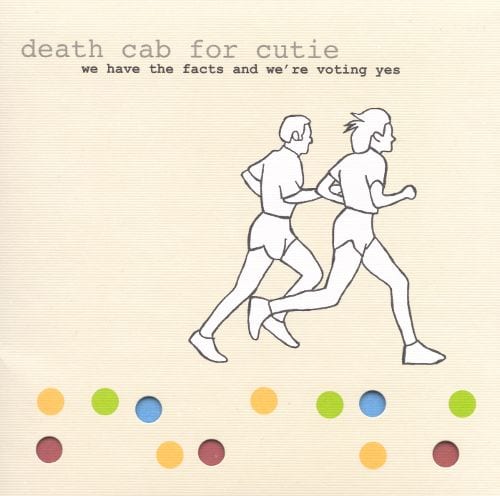
Some bands attaining this kind of success changed their sound to appeal to the masses and gain popularity; others did so by default, simply because their success also resulted in access to newer, more expensive studios, instruments and other gear. The Strokes and Interpol come to mind. Either way, “indie” was starting to sound less like the elements that defined it and made it interesting and more like mainstream pop and rock.
Second, the arrival of bands like MGMT and Phoenix in the late 2000s ushered in a massive wave of club-friendly indie music focused on fun tunes and danceable beats — a movement that still hasn’t let up. While some of these groups make creative music (M83, for example), most are more interested in shaking your ass than your fundamental conception of sound as an art form.
Another minor factor is that, as might be expected, the effects of time have intervened and taken a pretty harsh toll on that crop of bands mentioned earlier — all at their peak in the early 2000s; the quality of music emerging from those artists has withered significantly.
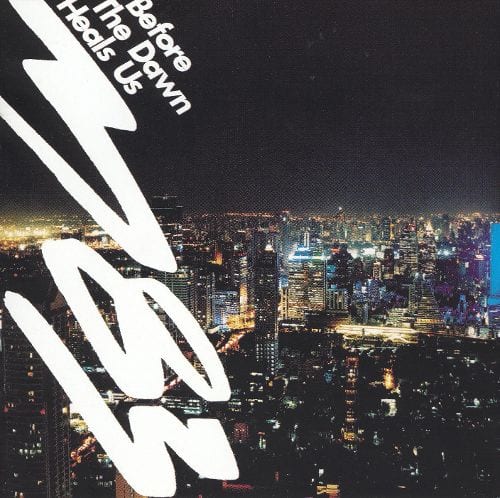
But the biggest component dictating the differences between how great music takes shape in 2018 versus 2008 is obvious: technology and the internet.
Gibbard played a role here as well. In the early 2000s, he and producer Jimmy Tamborello shared audio recordings by mail-in order to collaborate on what would become Give Up by their side-project, The Postal Service. Although created before file-sharing was far enough along to make this sort of thing commonplace, Give Up, purposefully or not, served as a viable template for how to create intelligent popular music outside of the “band” context: more electronics, fewer people, and a new type of pretense for collaboration. From our vantage point today, the album title itself may as well have been a plea to fellow artists about the entire band aesthetic.
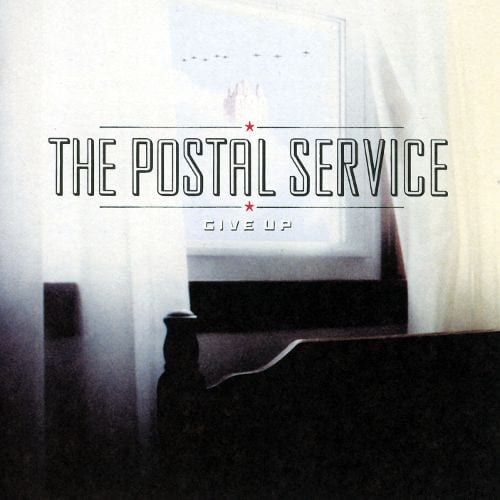
Later in that decade Animal Collective took things a step further by touring with a minimal electronic set-up and only a handful of live instruments, while also changing out members of the group for each album. Why create music as a proper “band” when the right individuals with the necessary amount of free time and motivation could do it more efficiently?
Rock artists wised up to what hip hop acts have been demonstrating for years: that the most effective way to realize a creative vision is not to find four friends with varying opinions, motivations, creativity and musical skill, but to just do it yourself: in front of a computer screen or sound board, especially with home studio technology advancing by leaps and bounds.
The result is that forward-thinking artists who might have operated in traditional rock bands a decade ago are increasingly making electronic music instead and landing outside of the genre of rock altogether. Changing the nature of the music inevitably changes where the music ends up, so great music is increasingly found in movie scores, electronica, and hip hop and at small, diverse music festivals.
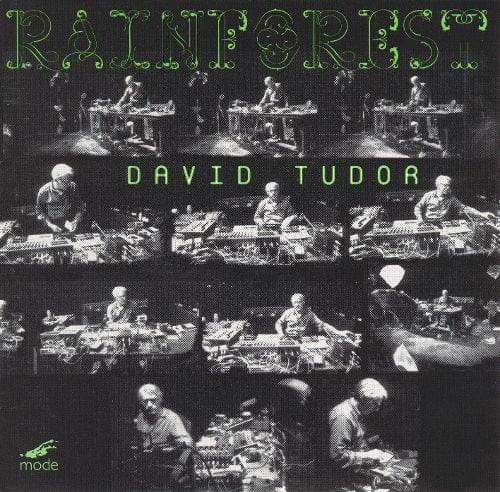
Listeners are also getting more efficient. Before the era of Napster and other online music services that could deliver obscure music to eardrums momentarily, I remember ordering experimental albums like David Tudor’s Rainforest at my local library, which would then place a national network request to get CDs shipped from a university facility three or four states away. The process could sometimes take weeks. Today, I listened to the first couple minutes of Rainforest on Spotify within seconds.
If you’re a Radiohead fan, within a few minutes you can discover their guitarist, Jonny Greenwood, also composes soundtracks, and that in 2015 he collaborated with Israeli artist Shye Ben Tzur on the soundtrack for Junun. Then you might find yourself listening to Ben Tzur’s 2007 Heeyam, readily available on Spotify. These types of bread crumb trails leading between artists used to be littered with roadblocks and delays, but not any longer.
An exciting byproduct of this is that curious listeners are becoming more accepting of artists formerly considered fringe. In the ’90s, Aphex Twin was not much more popular than The Velvet Underground in the ’60s, but today Richard D. James is almost universally revered, droves of music fans awaiting each release. Artists like Holly Herndon, Tyondai Braxton, and even Tim Hecker, who mostly creates noisy soundscapes, can carve out a sizable following in the underground indie world and play the same festival lineup as a band like Vampire Weekend, and no one bats an eye.
And artists seem more and more willing to embrace the untread territory. Greenwood, Cliff Martinez and Clint Mansell (who touches on some of these very subjects here) started out in rock bands but have come into their own as world-renowned composers of film scores, aided not only by their own digital music tools but also by a music-streaming culture with greater access and willingness to explore. The National’s Bryce Dessner and Wilco’s Glenn Kotche and Nels Cline tour and record in famous rock bands while also premiering their contemporary classical compositions or playing the work of other composers at avant-garde music festivals.
As all those mysterious algorithms place a new potpourri of artists at our fingertips minute after minute, the lines of genre and context — for better and worse — are becoming blurred.
On a cold March night at around 1 AM, I saw Ben Frost on guitar and electronics, flanked by Greg Fox and Shazad Ismaily on percussion and more electronics, playing a packed Bijou Theatre in Knoxville for Big Ears 2015. With smoke billowing and blinding strobe lights flashing overhead, they jammed on what could only be described as tribal rock electronica. Rows of twenty-something hipsters, who had waited patiently at the club’s doors throughout their long sound check, nodded in satisfaction. I remember thinking this was not only great but truly new, and perhaps rock was headed somewhere without genres, bands, or any labels at all.
That being said, it might be tough getting your grandpa to approve.
